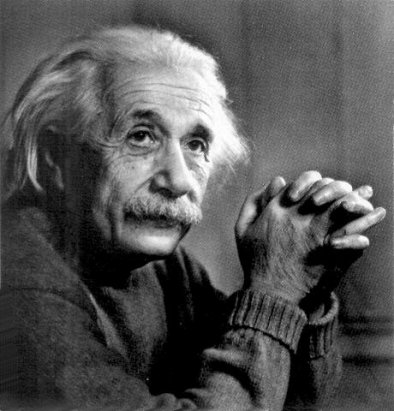
Einsteinís 3 papers
The first of these, on Brownian motion, made significant predictions about the motion of particles that are randomly distributed in a fluid, which were later proved by an experiment.
The second paper, on the photoelectric effect, presented a hypothesis on the nature of light. Einstein not only proposed that under certain circumstances light can be considered as consisting of particles, but he also hypothesized that the energy carried by a photon is proportional to the frequency of the radiation. The proposal that the energy contained within a light beam is transferred in individual units, called quanta, contradicted the hundred-year-old belief that light energy was a manifestation of continuous processes. Virtually no one accepted Einstein's proposal, even Robert Andrews Millikan was surprised when he proved the theory correct.
Einstein's third major paper finished 1905, " On the Electrodynamics of Moving Bodies ", contained what became known as the special theory of relativity. For so long philosophers had been trying to understand the nature of matter and radiation, and how they interacted together. Neither the mechanical worldview nor the electromagnetic worldview was capable of providing a consistent explanation for the way radiation and matter interact when viewed by an observer at rest and an observer moving at uniform speed. In the spring of 1905, after considering these problems for ten years, Einstein realized that the problem lay in a theory of measurement, not in a theory of matter. At the center of this special theory of relativity was the realization that all measurements of time and space depend on judgments as to whether two distant events occur simultaneously. This led him to develop a theory based on the principle of relativity, that says physical laws are the same in all inertial reference systems, and the principle of the invariance of the speed of light, which states that the speed of light in a vacuum is a universal constant. He was then able to provide a correct description of physical events in different inertial frames of reference. Again, no one understood Einstein's argument.